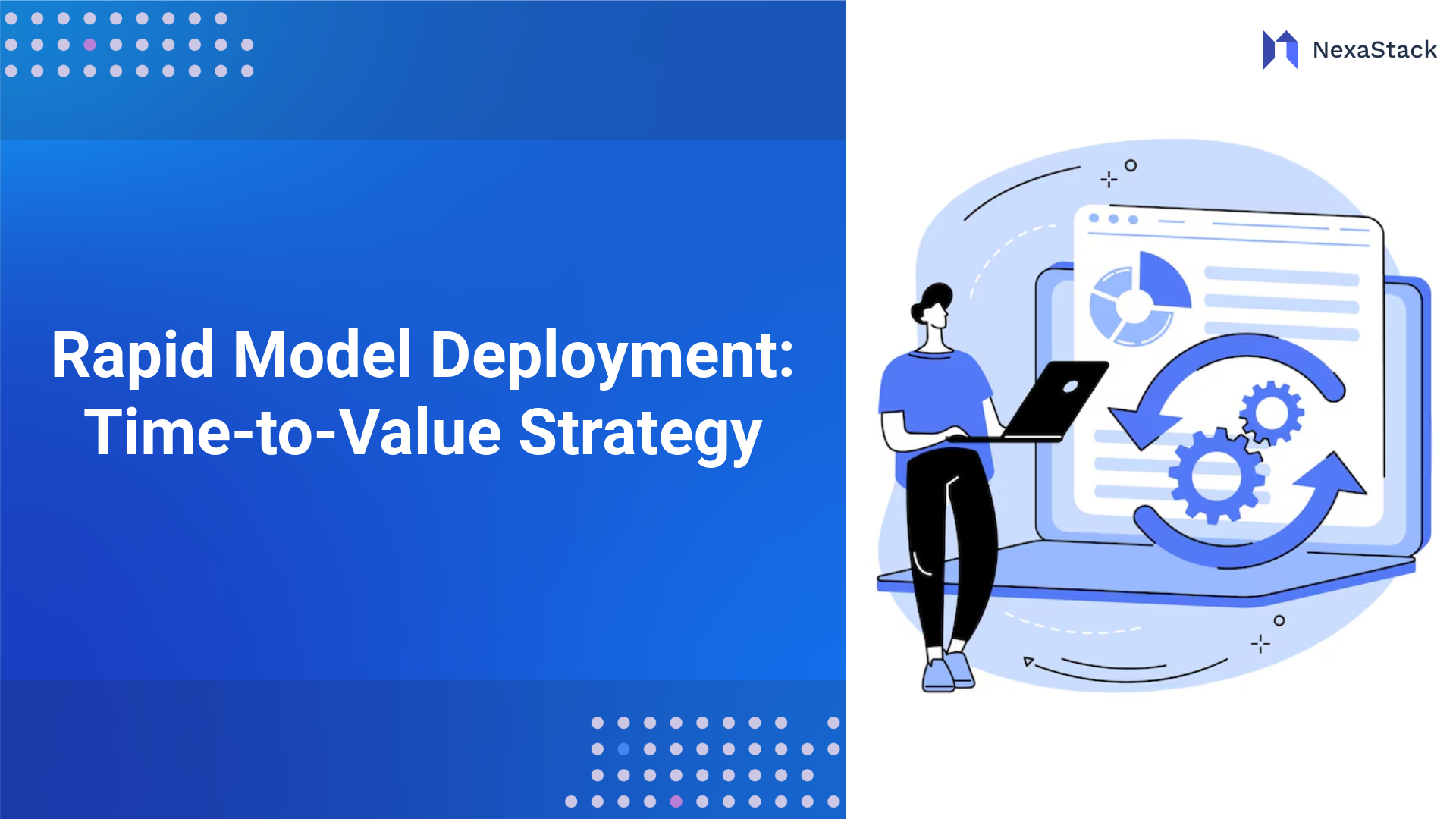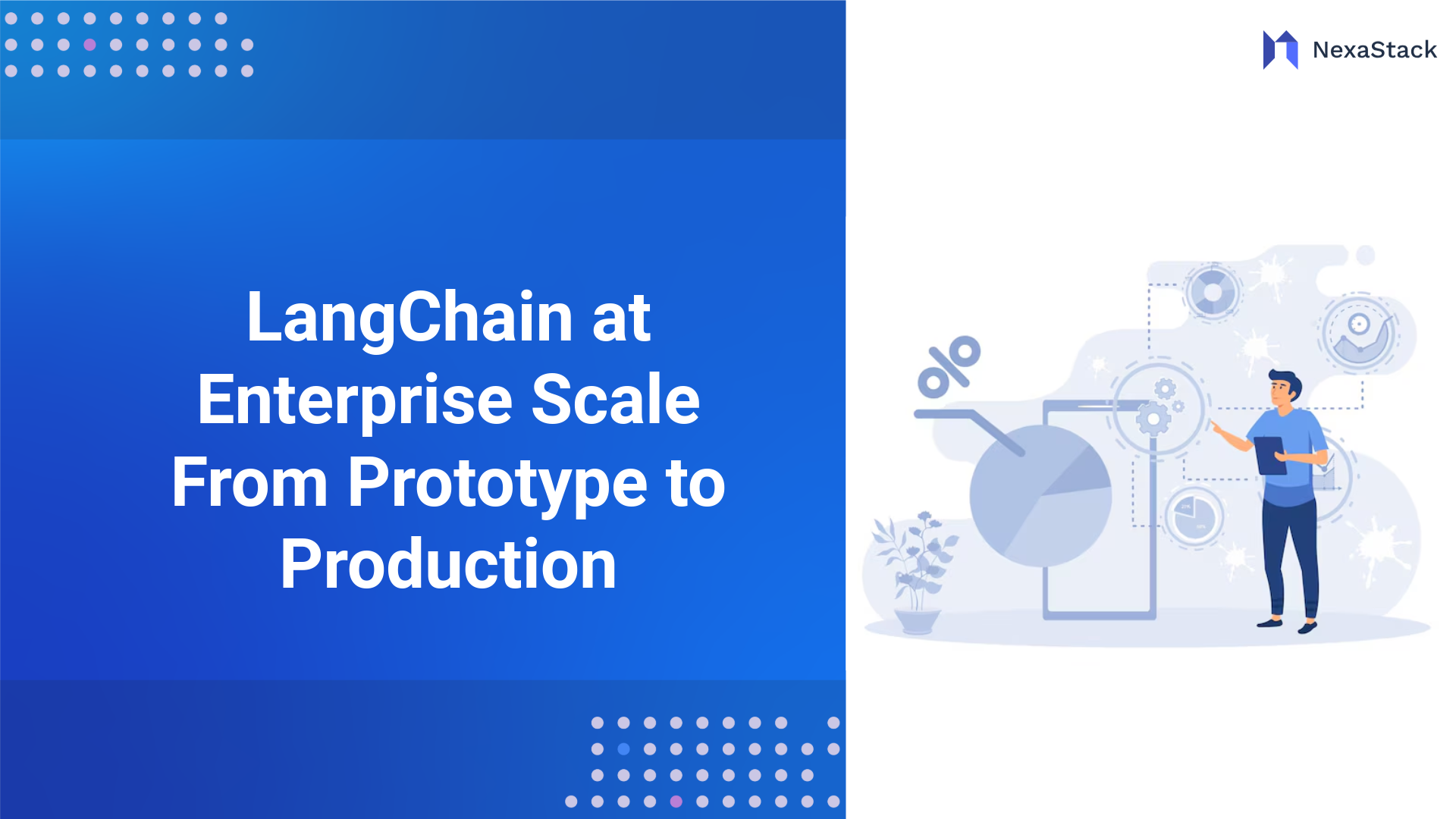Fine-Tuning Parameters: Balancing Performance and Cost
Practical parameter tuning is critical in optimising LLMs for specific tasks while managing resource consumption. Unlike complete model training, fine-tuning focuses on selectively updating certain parameters to enhance task performance without retraining the entire model.
Key strategies include:
-
Low-Rank Adaptation (LoRA): Updates only a small set of low-rank matrices, significantly reducing memory and compute requirements.
-
Prompt-Based Tuning: Alters model behavior by changing input prompts, often without modifying internal weights.
-
Adapter Modules: Add lightweight layers to the base model that can be trained independently, preserving the original model weights.
These methods allow teams to strike a balance between quality and efficiency, making deploying multiple model variants for different use cases feasible while keeping infrastructure costs under control.
Tools like DeepSpeed and LoRA by Hugging Face support scalable and efficient fine-tuning workflows.
Efficient GPU Scheduling: Maximizing Resource Utilization
Large language models require substantial computational resources, particularly GPUs, which can become a bottleneck if not managed efficiently. Optimizing GPU scheduling is essential for maintaining throughput, reducing latency, and lowering deployment costs.
Key approaches include:
-
Dynamic Batching: Combining multiple inference requests into a single GPU batch to improve utilization and reduce idle time. Tools like NVIDIA Triton and TorchServe support this.
-
Multi-Model Serving: Running several models or versions on the same GPU node using inference platforms like Ray Serve or KServe, enabling better allocation and cost sharing.
-
Prioritized Scheduling: Assigning GPU time based on task importance or SLA requirements, useful for production workloads with strict latency constraints.
-
Elastic Scaling with Kubernetes: Automatically scaling GPU-backed pods up or down based on traffic patterns using Kubernetes with GPU autoscaling plugins.
Efficient scheduling transforms GPU infrastructure into a flexible, shared resource pool that supports both real-time and batch inference workloads.
Agent Deployment Architecture: Memory, Tooling, and Modularity
Deploying intelligent agents built on large language models involves unique architectural considerations beyond basic model serving. These agents interact dynamically with users, manage contextual memory, and integrate external tools, requiring a modular, extensible design. 
Key architectural elements include:
-
Memory Management: Agents rely on persistent and context-aware memory systems. Vector databases like Pinecone and Weaviate enable efficient retrieval of relevant information, which is critical for maintaining conversation history and knowledge over time.
-
Tooling Integration: Intelligent agents often connect to external APIs, databases, or plugins to perform tasks. Architectures should support secure, scalable integrations, as detailed in Microsoft’s guide on building AI agents.
-
Modular Design: Separating concerns into modules such as, natural language understanding, dialogue management, and response generation which allows easier updates and testing. This approach is highlighted in the IBM AI architecture best practices.
-
Runtime Orchestration: Frameworks like LangChain provide orchestration tools for chaining LLM calls with external functions, enabling complex workflows and decision-making in agent deployments.
LLMOps and Lifecycle Management
Successfully managing large language models in production goes beyond just deploying them, it requires a thoughtful, ongoing process known as LLMOps. This approach adapts traditional DevOps and MLOps practices to address the unique challenges of LLMs. Continuous monitoring is vital to ensure the model maintains high performance and relevance over time. Tools like Prometheus, Grafana, and Weights & Biases provide visibility into model health, latency, and potential drift. Equally important is setting up automated retraining pipelines that can incorporate new data and feedback, keeping the model accurate and current.
Platforms such as Kubeflow and MLflow simplify this automation. Managing multiple versions of a model with clear governance is essential for transparency and compliance, which can be handled effectively through tools like DVC and MLflow. Deployment solutions built on Kubernetes or cloud-native services like KServe enable seamless scaling and quick rollbacks when necessary, minimizing downtime. Additionally, maintaining strong security practices, including data encryption and adherence to regulations like GDPR, helps protect sensitive information and promotes responsible AI use. By embracing LLMOps, organizations can ensure their language models operate reliably, scale efficiently, and align with ethical standards. 
Strategies for High Performance and Scalability
Ensuring that large language models perform well at scale is a critical part of deployment strategy. Optimizing for both speed and efficiency helps deliver a smooth user experience while keeping infrastructure costs manageable. Techniques like caching frequent responses, using model quantization to reduce computational load, and leveraging efficient batching can significantly improve inference times.
Autoscaling infrastructure based on demand ensures that resources are used optimally without overspending during low-traffic periods. Cloud providers like AWS, Azure, and Google Cloud offer managed services that simplify scaling LLM deployments with built-in load balancing and GPU orchestration. Additionally, distributing workloads intelligently across multiple GPUs or nodes helps maintain consistent latency even as usage grows. Organizations can support expanding user bases and evolving application needs by focusing on performance optimisation and scalability without compromising reliability or cost efficiency.
Emerging Trends in LLM and Agent Deployment
Large language models and agent deployment are changing quickly because of new technology and higher user expectations. One important trend is federated learning, which lets models train on many devices while storing data locally. This improves privacy and lowers the cost of moving data around. Another key development is on-device deployment, where models run directly on smartphones or edge devices. This allows faster responses and better privacy since the data doesn’t need to be sent to the cloud.
However, this requires models to be smaller and more efficient. There is also growing interest in adaptive models that change how they work based on user feedback or the environment, making interactions more personalised and relevant. Tools combining different data types, like text, images, and audio, are also becoming popular. These allow for richer and more interactive applications. As these trends continue, they will change how organisations deploy and scale intelligent agents, making AI easier to use, more efficient, and better suited to users’ needs.
 Fig 1. Visual comparison between traditional ML deployment and modern LLM/agent deployment architectures.
Fig 1. Visual comparison between traditional ML deployment and modern LLM/agent deployment architectures.



